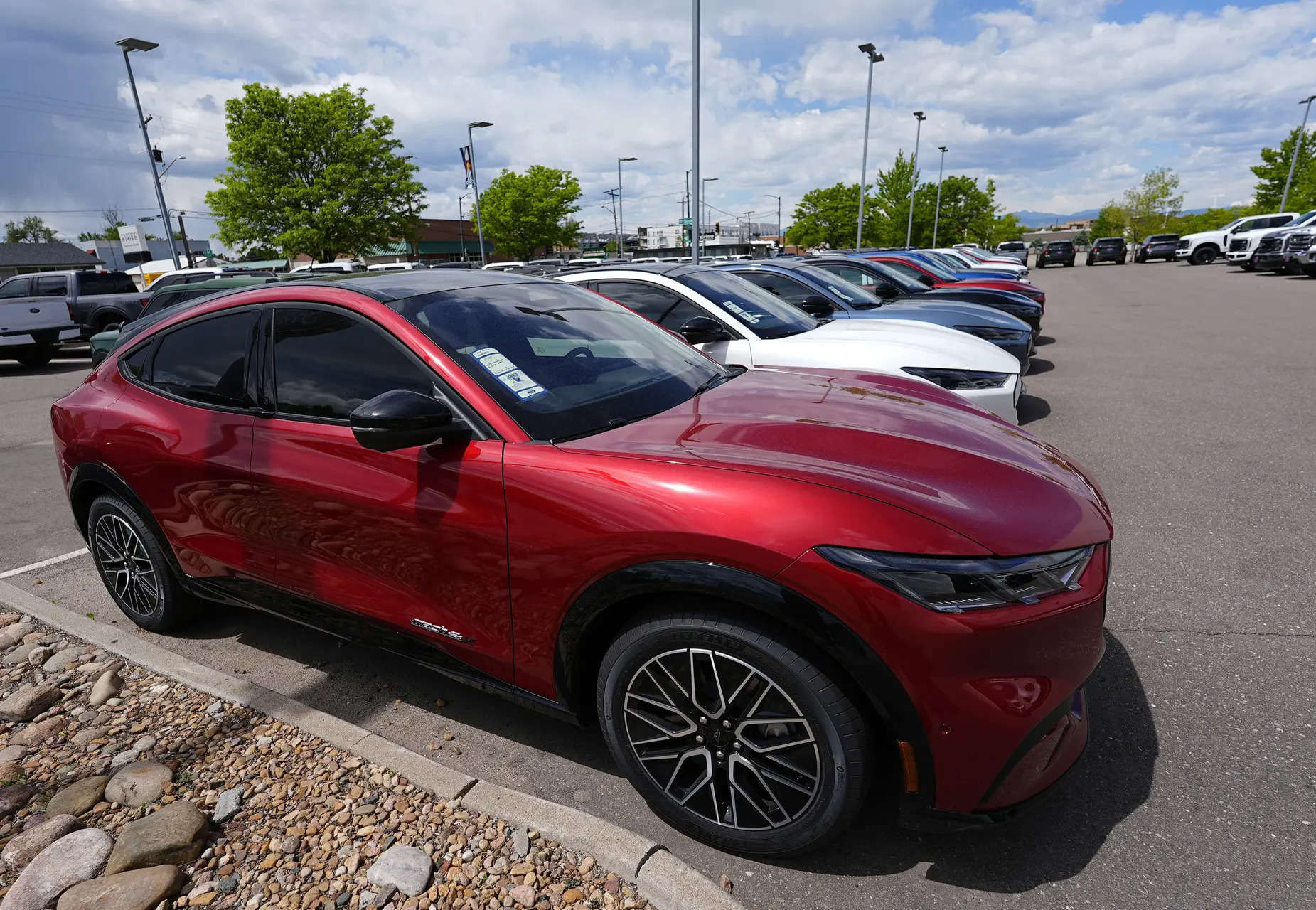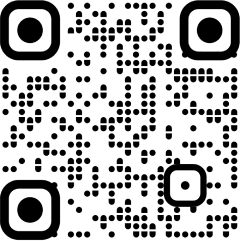
Luxury car sales slowed in the first half of the year with combined sales at Mercedes-Benz, BMW and Audi growing 5.5% from a year earlier to 18,843 units, according to data from companies. This compares with a 23% on-year increase in the first half of 2023 at 17,869 units.
Carmakers attributed the sluggish performance to a broader slowdown in the Indian car market, besides intense heat waves this summer, and an extended general election. Some experts also cited a shift in spending by the wealthy to experiences such as bespoke holiday itineraries.
Luxury automakers are hoping to post a recovery in the second half, which will feature the festive season starting in September with Ganesh Chaturthi and Onam, and peaking with Dussehra and Diwali in October-November. This period is the most crucial for consumer durables like cars, accounting for 30-35% of annual sales.
“The luxury car industry saw a single digit YoY growth in H1 2024, with Q2 getting impacted by factors like seasonality, summers, polls,” Santosh Iyer, MD & CEO, Mercedes-Benz India, told ET.
Down Every Month in 2024
“We expect luxury industry growth in H2 2024 on a higher side, given the upcoming festivities and new launches,” he said.
He forecast that introduction of half a dozen new models over the next few months will help the German automaker close the year with a double-digit sales growth, in line with the domestic luxury car market.
ET has learnt that a luxury carmaker faced issues obtaining certification from the Bureau of Indian Standards (BIS), which sets standards and ensures product quality, in the March quarter, affecting the company’s first half sales performance. The issue was eventually resolved in the latter part of the June quarter, and as a result, sales volume is expected to pick up in the second half of the year.
Vikram Pawah, president, BMW Group India said the luxury car segment will grow at a “good pace”. “The economic growth and positive sentiment in the markets will drive demand for luxury vehicles. Combined with a good monsoon and upcoming festive season, consumer demand will rise,” he said.
The broader subset in the luxury car segment including other luxury carmakers like Volvo and Jaguar Land Rover as well as supercars priced at above INR 1 crore saw a decline in the first half of 2024.
Total registrations of luxury cars fell by 12% to 21,308 units during the period, showed data from the government’s Vahan portal, which records vehicle registrations. The decline is attributed to a high base, and gradual normalisation of the demand-supply mismatch which fuelled sales last year.
It must be pointed out that a large part of Audi’s sales volume on Vahan portal is reflected in parent VW Group sales, underrepresenting total registrations of the luxury carmaker.
Industry body Society of Indian Automobile Manufacturers doesn’t compile sales data of luxury carmakers. Audi reported a sales decline of 29% in the first half mainly due to supply chain disruptions. The company’s weak performance impacted cumulative sales of the top three companies that account for 84% of the Indian luxury car market.
Rajeev Singh, partner and consumer industry leader at Deloitte Asia Pacific, pointed out that even as the rich and affluent continue to splurge on luxury goods across categories from watches, cars, gems, jewellery, and art to exotic holidays, fuelling growth in these segments, there’s a shift in the expenditure trend.
“One may see sales growth in luxury products moderate, experiences will see an exponential growth. The consumers in this segment believe it’s time to soak into experiences that they couldn’t all this while,” said Singh.
The number of people travelling to exotic locations overseas for a vacation is at its peak and a good indicator of the shift. “The demand for luxury cars, high-end watches, bags, and cars will remain strong, but priority is experience,” he said.
To be sure, luxury car registrations have fallen every month in the first half of this year, with three of the last six months seeing declines exceeding 15%. In 2023, registrations totalled 43,274 units, indicating an equal distribution across the two halves of the year.
















